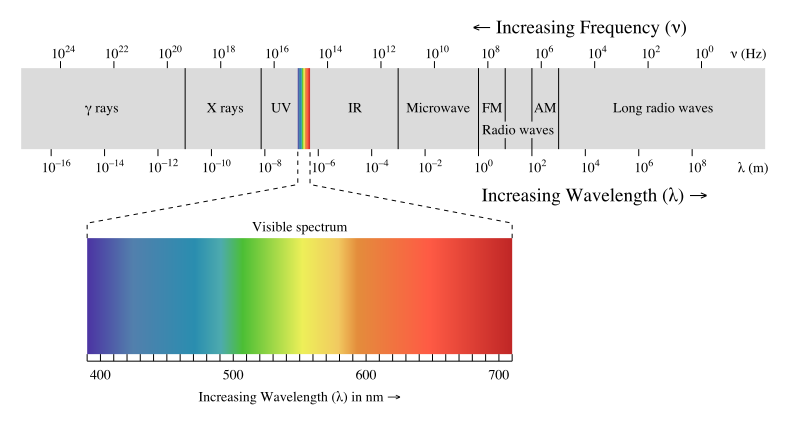We use electromagnetic communication everywhere these days. Cell phones, wifi, old-school radio transmissions, television, deep space communication, etc.
I'm curious about some of the possible reasons we have never seen biological systems having evolved to use electromagnetic, i.e. radio, for communication. The one obvious exception to this are organisms that generate their own light, i.e. bioluminescence. Cuttlefish are masters of this, and many other species as well.
It seems like bio-radio could have offered all kinds of evolutionary advantages for animals capable of using it.
Are their basic physical limits in chemistry, or excess energy requirements or something that would basically have made this impossible? Or was this perhaps just something that life never evolved to use, but would otherwise be possible in evolution?

